Biodiversity is the fabric that holds ecosystems together. It’s the rich tapestry of life comprising countless species, each contributing uniquely to the health and stability of their environments. And this includes ugly creatures too! Historically, conservation efforts have primarily centred on charismatic megafauna—species that are visually appealing and elicit strong emotional responses from the public. These include mighty elephants, towering giraffes, and majestic tigers, all of which easily capture hearts and headlines.
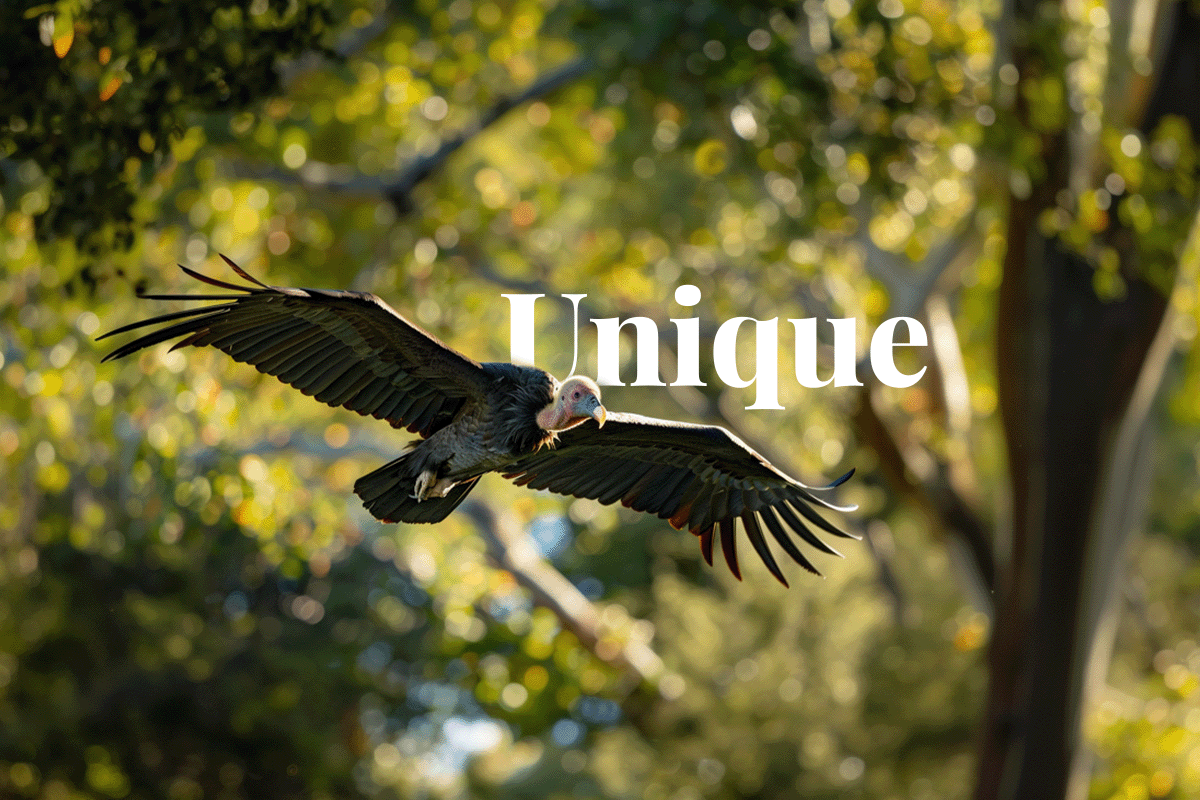 California condor flying above a forest. AI generated picture.
California condor flying above a forest. AI generated picture.
The preference for these species in conservation campaigns is often due to their allure, which more easily garners public interest and financial support. This bias towards the beautiful has led to substantial funding and research directed towards preserving these animals, sometimes at the expense of less attractive but ecologically vital species.
Start planting trees today to protect biodiversity
Regrettably, this focus on charismatic species has overshadowed the conservation needs of countless other creatures, some of which are often endangered, that are considered less aesthetically appealing. Species deemed 'ugly'—whether due to their physical appearance, behaviour, or misunderstood nature—are often neglected, receiving little attention from conservationists and media alike. This oversight can lead to a lack of funding and resources necessary to protect these species, despite their often crucial roles within their ecosystems. As a result, many such species face threats of extinction with little to no public support for their preservation.
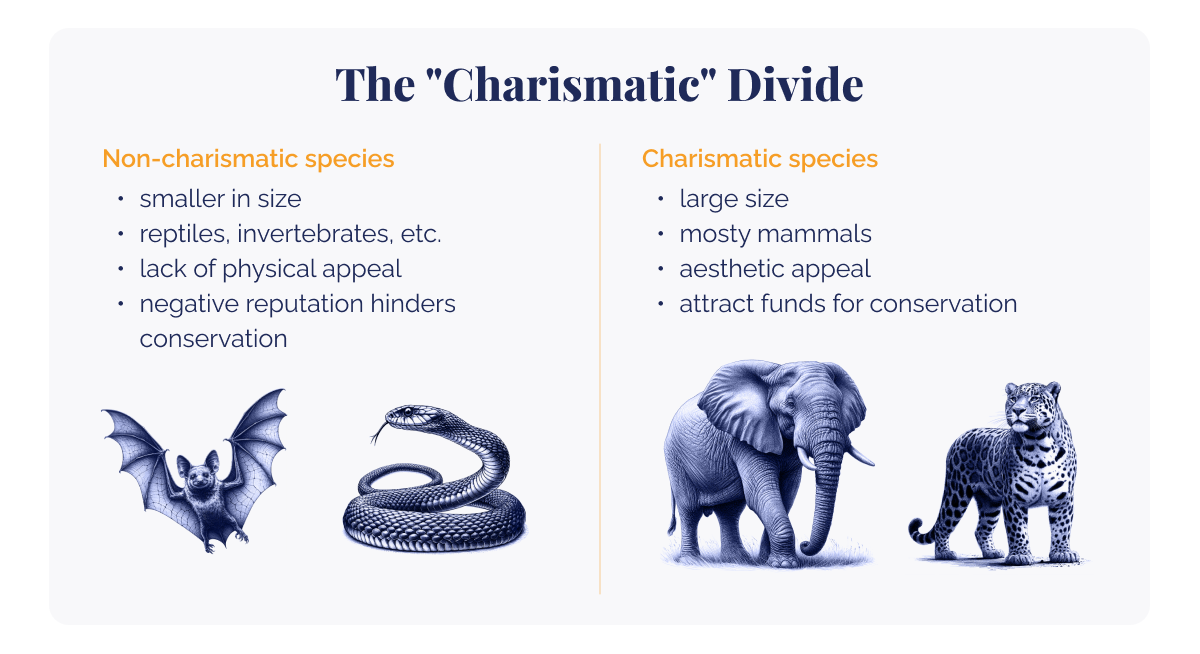 Illustration describing division of animals based on their appearance characteristics.
Illustration describing division of animals based on their appearance characteristics.
This blog will highlight the prevailing bias in conservation efforts and the importance of protecting all species, regardless of their aesthetic appeal. It is essential to broaden the scope of conservation to include the uncharismatic, the unappreciated, and the unusual. By doing so, we can ensure a more comprehensive approach to preserving biodiversity, which in turn supports the health and sustainability of our planet. Embracing the diversity of life in all its forms, not just those pleasing to the eye, is crucial for maintaining the balance of nature and ensuring that no species is left behind in our conservation efforts.
Read more: Why is biodiversity important?
Defining 'ugly' species
The label ‘ugly’ when applied to certain species often stems from human perceptions of beauty, which are influenced by cultural, aesthetic, and psychological factors. Typically, species are deemed unappealing due to physical features that diverge from human expectations of what animals should look like—such as symmetry, colourfulness, proportion, and many times, cuteness. These ‘ugly’ features might include unusual shapes, lack of fur or feathers, or perceived disproportions in body parts. Additionally, behaviours that humans find off-putting, such as scavenging or burrowing in mud, can also contribute to a species being labelled as ugly. Moreover, misconceptions and lack of understanding about the ecological roles or behaviours of these species further cement their negative reputations.
Read more: 7 Strategies for protecting wildlife
Take the blobfish, for example, often voted as the world's ugliest animal in popular surveys. It resides deep beneath the ocean off southeastern Australia and Tasmania, thriving in intense pressures that would be fatal to humans. The blobfish, particularly Psychrolutes microporous, first discovered off the coast of New Zealand in 1983, has inadvertently become a crucial symbol in conservation. This deep-sea fish appears drastically different when removed from its high-pressure underwater environment; above sea level, its lack of a skeletal structure causes it to sag and deform, contributing to its gelatinous, sad appearance that many find unappealing.
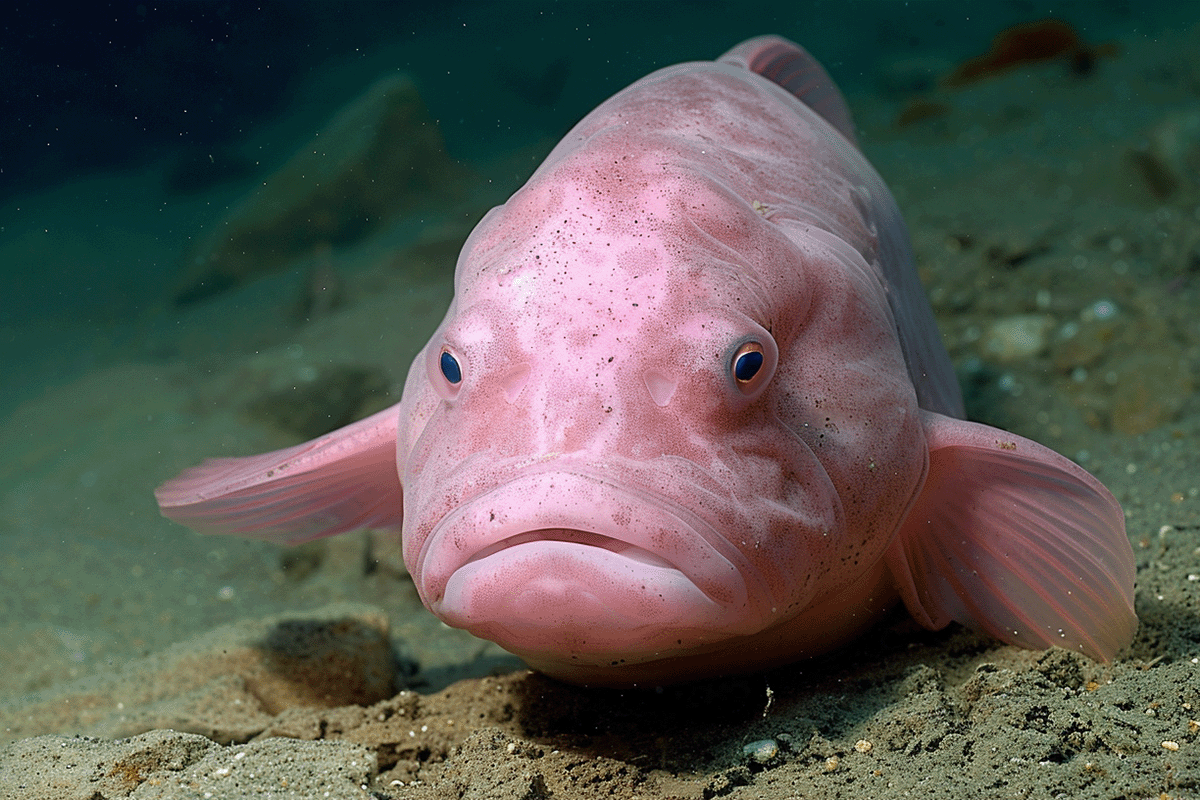 Blobfish swimming at the bottom of an ocean. AI generated picture.
Blobfish swimming at the bottom of an ocean. AI generated picture.
Despite its gelatinous appearance and simple lifestyle, floating along the ocean floor and consuming passing sea life, the blobfish has risen to prominence after becoming the mascot for the Ugly Animal Preservation Society in 2013. This role has not only highlighted the blobfish but also shone a spotlight on other less-than-charming creatures that are often overlooked in conservation efforts. Through its unexpected fame, propelled by memes and toys, the blobfish raises awareness of the pressing issues in marine conservation such as the devastating impacts of overfishing on oceanic ecosystems.
Plant a tree with DGB to save habitats
Similarly, the aye-aye, a type of lemur found in Madagascar, faces negativity due to its unconventional appearance. With its dark, scruffy fur, continuously growing teeth, and long, bony middle finger used for tapping on wood to find grubs, the aye-aye is often associated with local superstitions as a harbinger of bad luck.
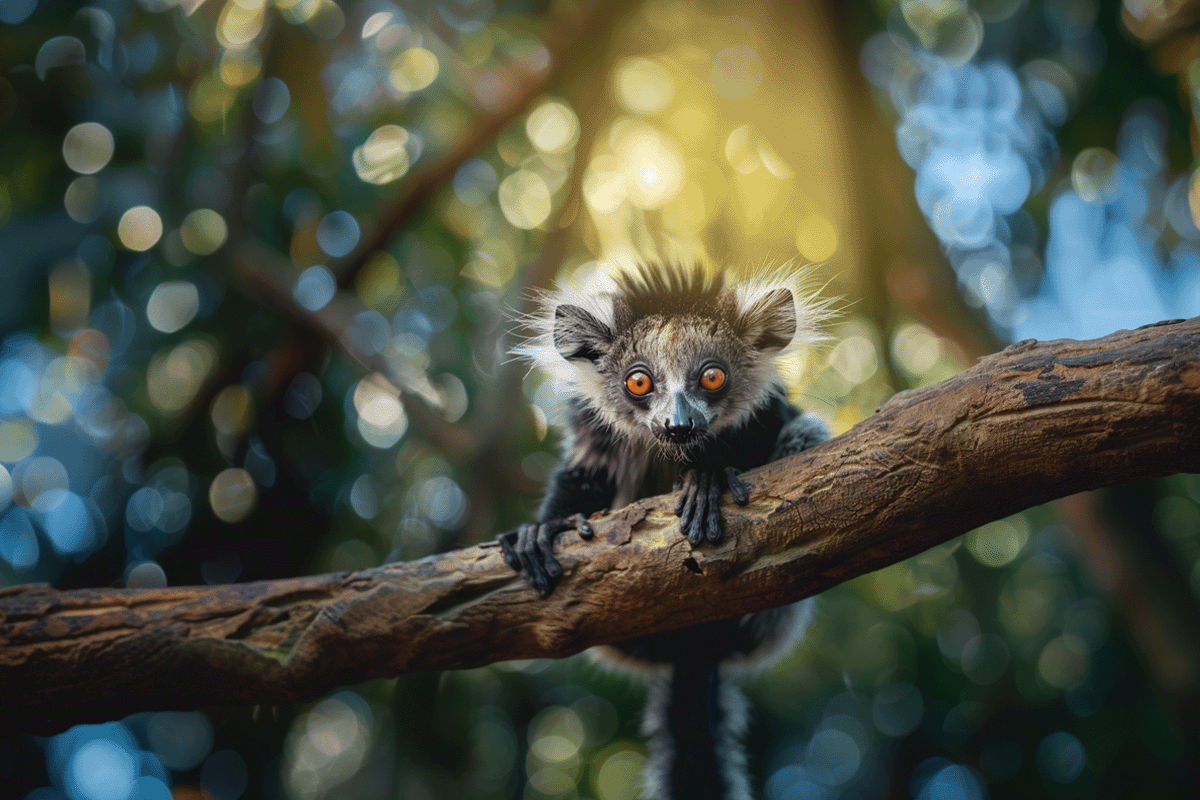 Aye-aye, a type of lemur, sitting on a tree branch. AI generated picture.
Aye-aye, a type of lemur, sitting on a tree branch. AI generated picture.
Another great example is the naked mole rat, which lives in the underground tunnels of East Africa. These creatures are nearly hairless, with wrinkled pink or yellowish skin, and large protruding teeth that are used for digging. Their appearance and subterranean lifestyle, rarely seen by the human eye, contribute to their characterisation as unattractive.
Despite their looks, each of these species plays a significant role in their respective ecosystems. Their unique adaptations—whether it's the blobfish's ability to withstand extreme underwater pressures, the aye-aye's specialised foraging techniques, or the naked mole rat's contributions to soil aeration—highlight the evolutionary creativity of nature and the functional beauty that lies beneath their unconventional appearances.
The ecological importance of 'ugly' species
The ecological significance of species deemed 'ugly' is often immense, with their roles in ecosystems being crucial to maintaining ecological balance and functionality. These species contribute to a variety of essential processes such as pollination, decomposition, nutrient cycling, and serving as key prey or predators in food webs. Their less appealing traits often reflect specialised adaptations that enable them to fulfil these roles effectively, highlighting the fact that ecological importance transcends physical appearance.
For instance, consider the role of vultures, often viewed negatively due to their bald heads and association with death. These birds are critical to their ecosystems as nature's cleanup crew. By consuming carcasses, vultures prevent the spread of disease and recycle nutrients back into the environment. Their decline in some regions has led to serious ecological consequences, including increases in other scavenging species that are less efficient and more likely to spread disease to humans and livestock.
Read more: Where are the world's biodiversity hotspots?
Another example is the California condor, a species that many might find less attractive due to its large, bald head and massive wingspan. As scavengers, condors play a critical role in their ecosystems similar to that of vultures. Their conservation has been a high-profile effort, illustrating how the protection of an 'ugly' species can galvanise broader environmental advocacy and research, benefiting entire ecological communities.
Similarly, the dung beetle, which is often overlooked due to its mundane and unattractive lifestyle revolving around manure, plays a vital role in agriculture and wild ecosystems. By breaking down and burying manure, dung beetles aerate the soil and accelerate the cycle of nutrients, enhancing soil health and plant growth. This activity also reduces the breeding grounds for flies and parasites, indirectly supporting public health and livestock productivity.
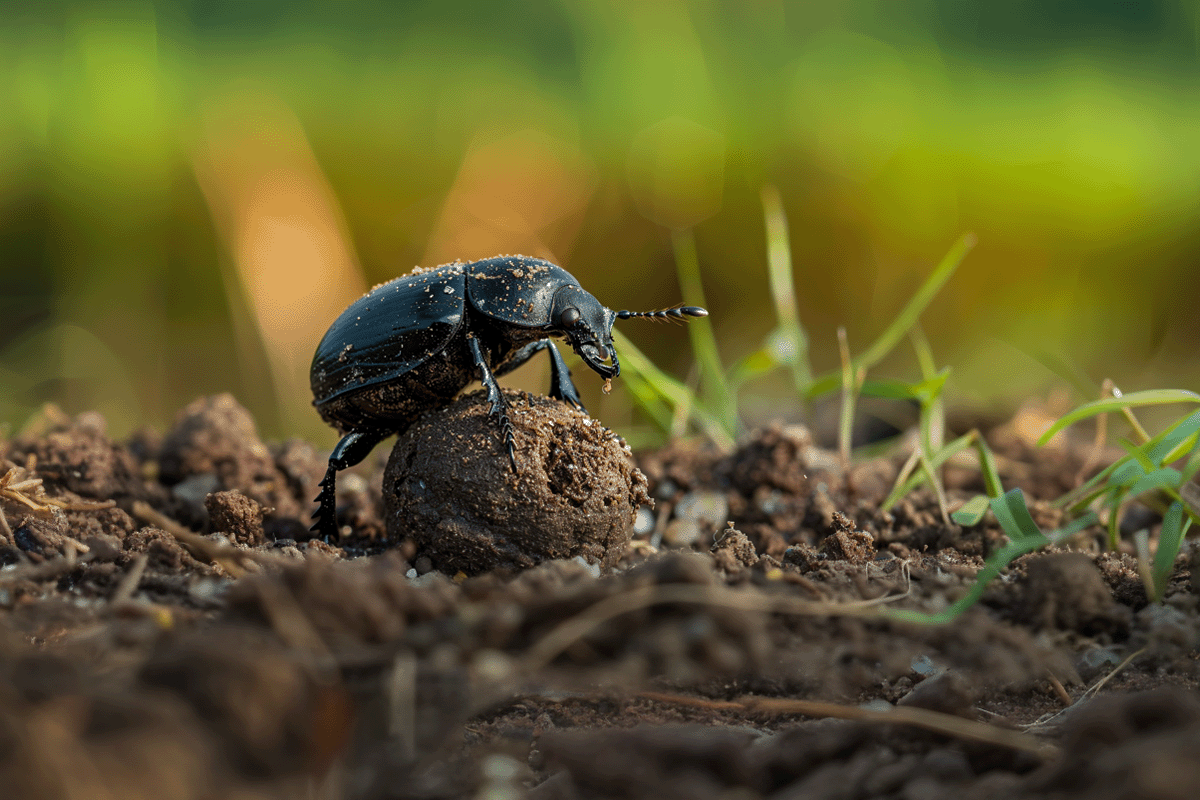 Close-up of a dung beetle in its natural habitat. AI generated picture.
Close-up of a dung beetle in its natural habitat. AI generated picture.
These examples underscore the importance of 'ugly' creatures in their respective ecosystems. Each species, regardless of its appearance, is a cog in the intricate machine of its ecosystem. When we protect these so-called unattractive creatures, we are not just saving individual animals; we are preserving the complex interactions that sustain biodiversity and the health of our planet. Recognising and valuing the ecological roles of all species is crucial for effective conservation efforts and the long-term resilience of ecosystems and ecosystem services.
Challenges in conservation efforts
Less visually appealing species often face significant challenges in gaining the necessary public and financial support for their conservation. This phenomenon, known as ‘conservation bias,’ results in disproportionate attention and resources being allocated to more charismatic species. The aesthetic appeal of an animal can heavily influence public empathy and the willingness of both individuals and large donors to fund conservation projects. Consequently, species that lack this appeal struggle to compete for limited conservation funding and attention, despite their ecological importance.
One of the main challenges these species face is the lack of a compelling narrative that resonates with the public and potential donors. Charismatic species benefit from a strong visual and emotional appeal, which is easily leveraged in media and fundraising campaigns. In contrast, our world’s creatures—perceived as unattractive or mundane—may not evoke a strong desire to protect them. This lack of appeal can lead to underrepresentation in conservation programmes, reduced scientific research, and fewer conservation initiatives targeted at their preservation.
Read more: How biodiversity loss impacts ecosystems and what we can do to help
However, there are innovative ways to address these challenges and bolster support for these creatures. One successful approach is the ‘Bird of the Year’ contest in New Zealand, an annual event that raises awareness and fosters engagement through a public voting mechanism. This contest cleverly uses humour and competition to draw attention to all birds, including those less known or visually appealing. Each bird championed in the contest is profiled in detail, highlighting its unique behaviours, the threats it faces, and its ecological roles. Such initiatives not only increase public knowledge and appreciation but also generate media coverage and, subsequently, support for conservation efforts.
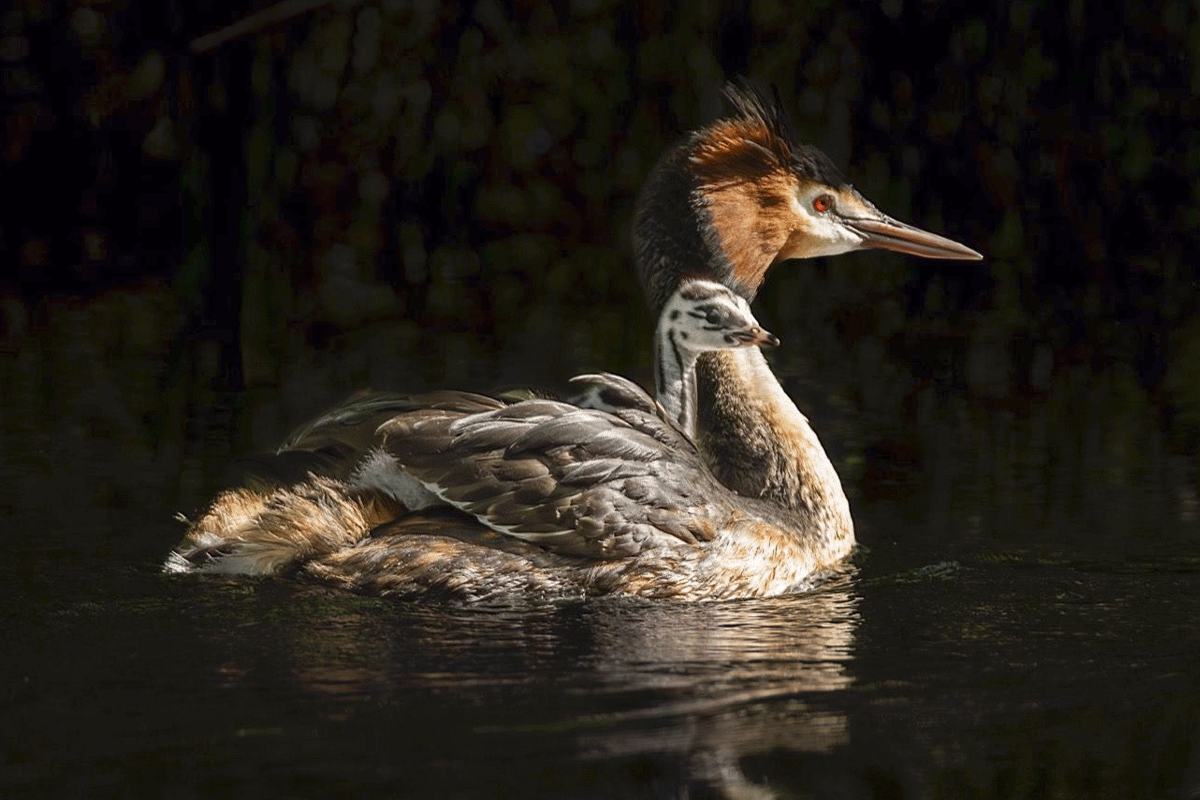 The Pūteketeke, voted bird of the century in 2023. Source: https://www.birdoftheyear.org.nz/
The Pūteketeke, voted bird of the century in 2023. Source: https://www.birdoftheyear.org.nz/
These strategies demonstrate that changing the narrative and creatively engaging the public can significantly improve support for the conservation of all species. By enhancing the visibility of these less charismatic animals and educating the public about their importance, conservation efforts can become more inclusive. Emphasising the ecological roles of these species, rather than the aesthetic qualities, can help shift public perception and drive a more balanced approach to conservation funding.
Read more: Why should endangered species be protected?
Benefits of protecting all species
The protection of biodiversity, encompassing all species regardless of their aesthetic appeal, is crucial for maintaining ecological balance and ensuring the health of ecosystems worldwide. The benefits of such inclusive conservation efforts extend beyond the environmental realm, offering significant medical, scientific, and ecological advantages that underscore the interconnectedness of all life forms.
Read more: Nature’s symphony: 15 Interconnected wonders of biodiversity
Biodiversity contributes to the resilience of ecosystems, enabling them to recover from disturbances and adapt to changes. Each species, no matter how unappealing it may appear, plays a specific role—be it a predator, prey, decomposer, or pollinator. Removing or failing to protect any single species can disrupt these roles and lead to unforeseen consequences within the ecological network. For instance, the decline of unattractive yet ecologically important insects like certain beetles can lead to the overpopulation of their prey species, which in turn may result in crop damage and economic losses. Protecting every species ensures a more stable and balanced ecosystem, which is crucial for sustaining natural resources and life forms that humans rely on.
Beyond their roles in ecosystems, many species contribute to medical and scientific advancements. Research on various animals and plants, regardless of their charm, has led to breakthroughs in medicine, including the development of drugs, vaccines, and therapies. The venom of the unattractive Gila monster, for example, has been pivotal in developing medication that helps manage type 2 diabetes. Similarly, studies on different molds and fungi, often overlooked for their lack of visual appeal, have been critical in developing antibiotics. These examples highlight how conserving biodiversity can pave the way for significant health-related discoveries that benefit humanity.
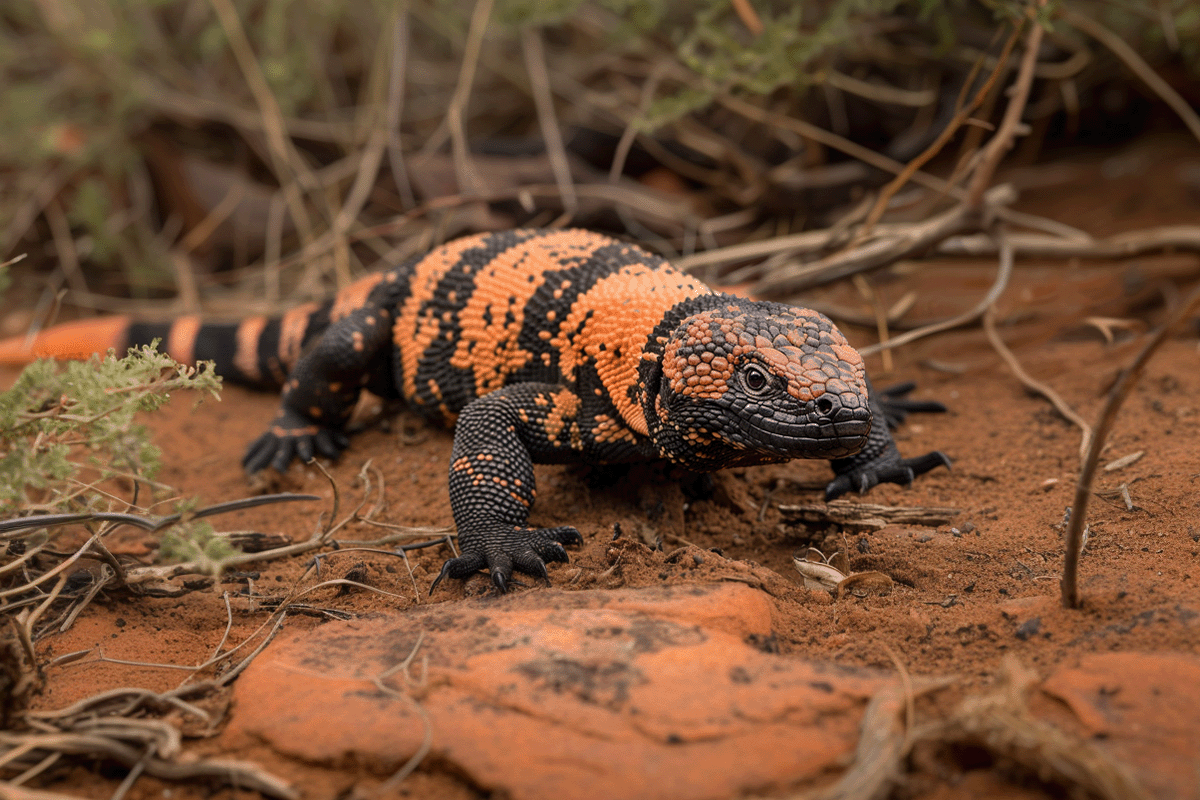 Close-up of a Gila monster in its natural habitat. AI generated picture.
Close-up of a Gila monster in its natural habitat. AI generated picture.
One compelling argument for the protection of all species is the concept of ‘umbrella species.’ This conservation strategy involves focusing on protecting one species that requires large habitat areas or specific environmental conditions to thrive. By protecting these species, conservationists can also safeguard a wide range of other species that share the same habitat. Often, these umbrella species are not the most charismatic but are chosen for their ecological importance. For example, preserving the jaguar, a species with substantial territory needs, also protects numerous other species within its range, including various uncharismatic but vital insects and plants. This approach not only simplifies conservation efforts but also ensures the protection of multiple species with a single, focused effort.
Compensate for your environmental impact while restoring nature
Protecting all species, attractive or otherwise, is fundamental to maintaining biodiversity and its myriad of benefits. By adopting strategies like the umbrella species concept, conservation efforts can be more effective and inclusive, ultimately ensuring the health and sustainability of ecosystems globally.
How to help biodiversity and get involved with DGB Group
Throughout this blog, we have explored the essential roles that all species, regardless of their aesthetic appeal, play in maintaining the balance and health of ecosystems. They each have a role in the tapestry of life that sustains our planet. From pollinators like the unassuming beetles to decomposers like the overlooked fungi, each organism contributes to ecological processes fundamental to our survival. We've discussed the biases in conservation efforts that favour charismatic species and highlighted the urgent need to recognise and protect the less visually appealing but ecologically crucial creatures. Their contributions to ecological stability, scientific research, and even medicine are indispensable.
By adopting a more inclusive approach to biodiversity conservation, we can ensure the preservation of these vital yet overlooked species.Protecting these species is not just about preserving wildlife; it's about maintaining the systems that support life on Earth. Here are a few ways that you can contribute to preserving and conserving biodiversity and all its creatures with DGB Group:
- Address your environmental impact: Compensate for your environmental impact with organisations like DGB. We are committed to biodiversity conservation through nature-based projects like reforestation and habitat restoration. By partnering with DGB and using our nature-based solutions, you can compensate for your environmental impact while contributing to large-scale tree-planting and ecosystem restoration projects that enhance biodiversity and support local communities.
- Plant trees: With DGB’s tree-planting subscription, you can plant as many trees as you choose. Each tree you plant helps to restore natural habitats, preserve biodiversity, and restore nature. You will also receive a tree-planting certificate showing your amazing contribution to nature.
- Buy biodiversity credits: Consider purchasing biodiversity credits through DGB’s biodiversity projects. These credits support projects that protect and restore vital habitats, offering a tangible way to contribute financially to conservation efforts while ensuring accountability and measurable impact.
Read more: Biodiversity credits: an innovative financing mechanism for conservation
DGB works closely with governments, non-profit organisations, and private companies to maximise the impact of our nature-restoration efforts worldwide. This collaborative approach ensures that our projects are not only ecologically beneficial but also socially responsible, aligning with the needs and priorities of local communities to promote long-term sustainable land stewardship. DGB uses expertise and resources from ecologists, foresters, agronomists, and technical operations experts to promote sustainable land use and biodiversity protection. All our projects are also independently verified by leading certification organisations, ensuring their impact and credibility.
Remember that the beauty of nature lies in its diversity. Each species, no matter how small or seemingly insignificant, holds a place in the complex web of life. By supporting inclusive biodiversity conservation, we can help protect these species for future generations, ensuring a healthier planet for all.
Take action to protect all biodiversity with DGB







